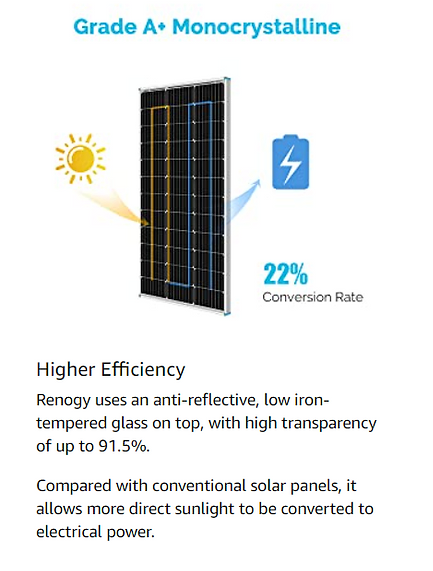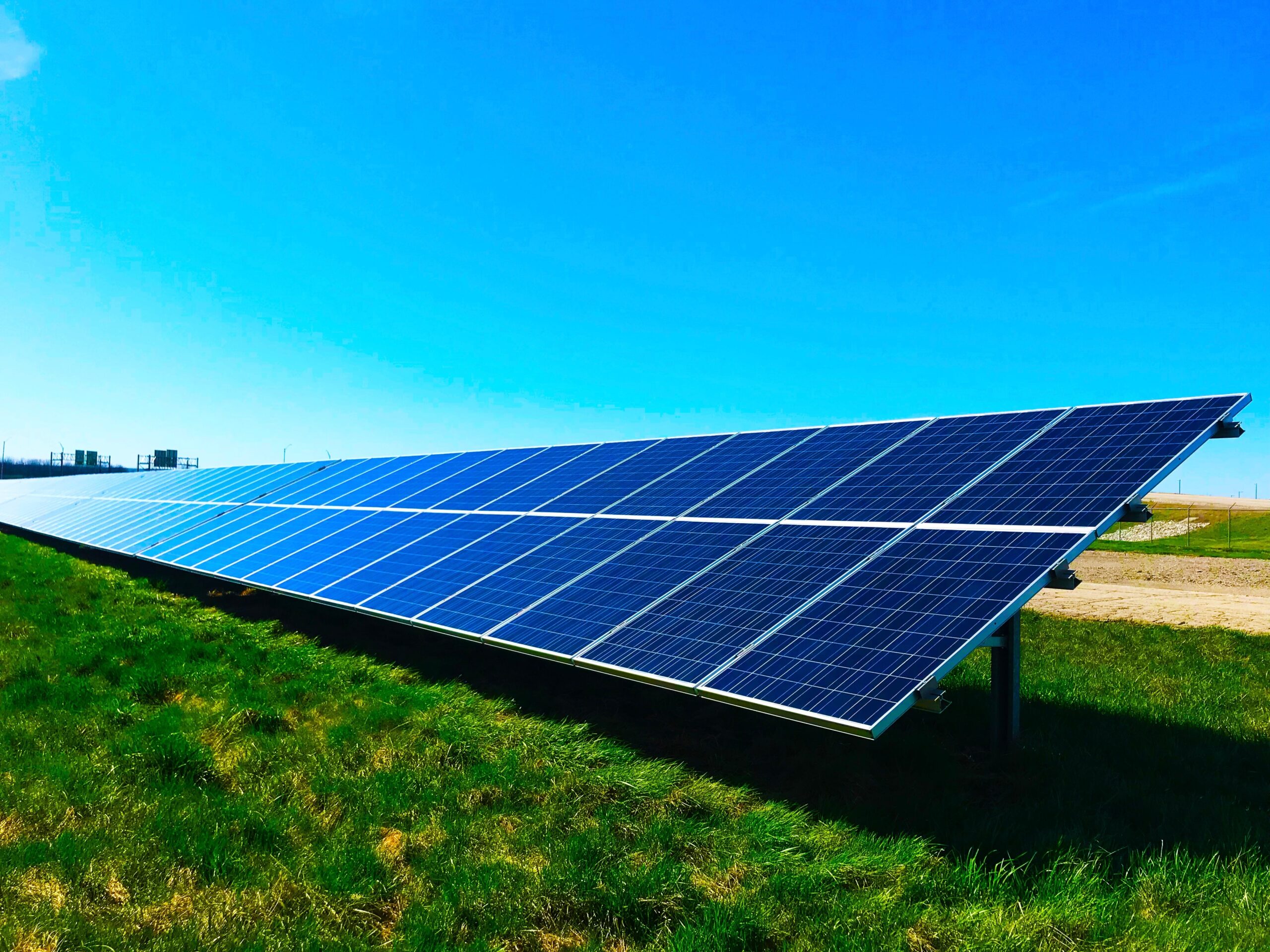With the intention of making this project with completely renewable energy, I decided that a solar panel would work best with the water transfer pump used to water the lawn. Initially, there was a power outlet, and I used electricity to power the whole thing. However, currently, our house electricity is being generated by nonrenewable sources. I wanted to see if I can get completely off-grid and use everything from nature.
Finding the right solar panel to buy for this off-grid project was essential. There are four different kinds of panels I could get:
- Polycrystalline: $0.70 – $1 per cell
- Monocrystalline: $1 – $1.50 per cell
- Amorphous silicon (a-Si): $0.43 – $0.50 per cell
- Cadmium telluride (CdTe): $0.50 – $0.60 per cell
After some research, I ended up buying the Monocrystalline Silicon solar panel with high efficiency. It can provide an average of 400-500 watt-hours of electricity/day (depending on sunlight availability). The panel has Grade A+ solar cells, meaning that it is the best in its material type (Grade B and C solar cells are inferior to Grade A+). You can expect these solar panels to last up to 40 years or longer before buying a new one.

Understanding the science behind the solar panel:
When photons (light) hit the panel’s surface, it is absorbed by PV (Photo Voltaic) cells and creates an electric field. This electricity that the panel generated is sent through a conductive wire to the solar power bank. The solar power bank stores this energy in its LiFePO4 battery. This type of battery is more stable and safe than a LiOn Lithium Ion battery . The battery can only supply DC power but my water transfer pump needs AC power. So the battery bank I need to choose should have an inbuilt inverter to convert DC to AC.
Just a few feet away from the rain barrel, I had to stick four large pieces of wood into the ground. This would be the base for the solar panel, and it would
ensure the panel had something to sit on.

Measuring carefully, I had to make sure that the panel rests at a 31-degree angle. This angle was essential to the solar panel because it then had the most potential to absorb the maximum amount of sunlight. Using some screws, I drilled holes into the wood and ensured that the panel doesn’t slide off. I realized I had to put some concrete so that the legs wouldn’t fall, even in bad weather conditions. Then underneath the panel, I needed to attach a positive and negative wire.


![Read more about the article Rain Harvesting – The Pump [Part 3/3]](https://krucs.com/wp-content/uploads/2022/05/cover-photo1-300x200.jpg)
